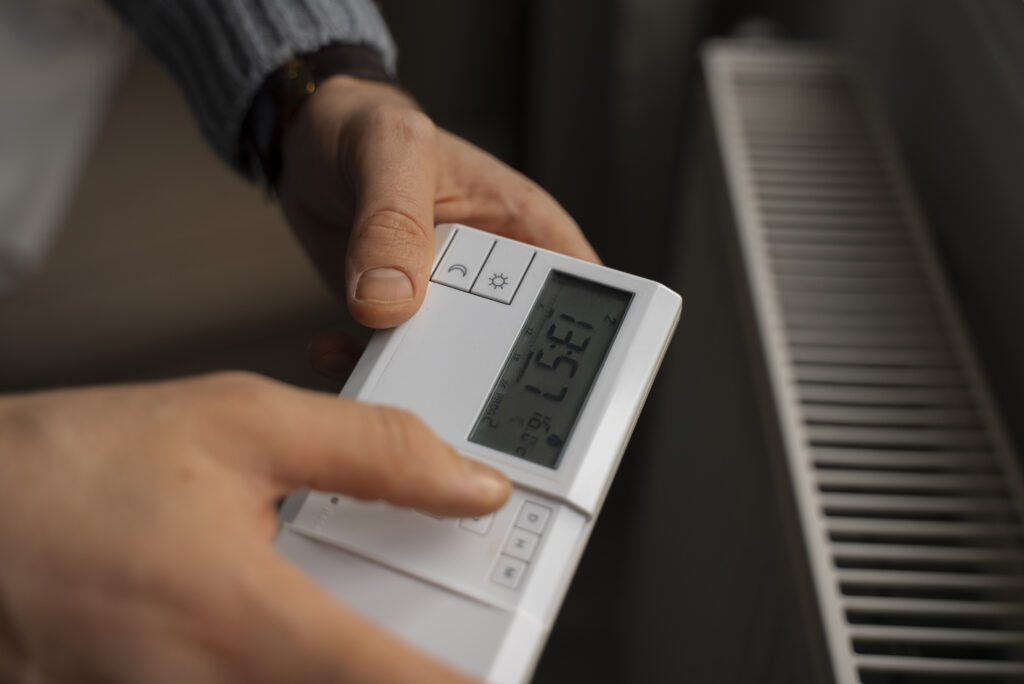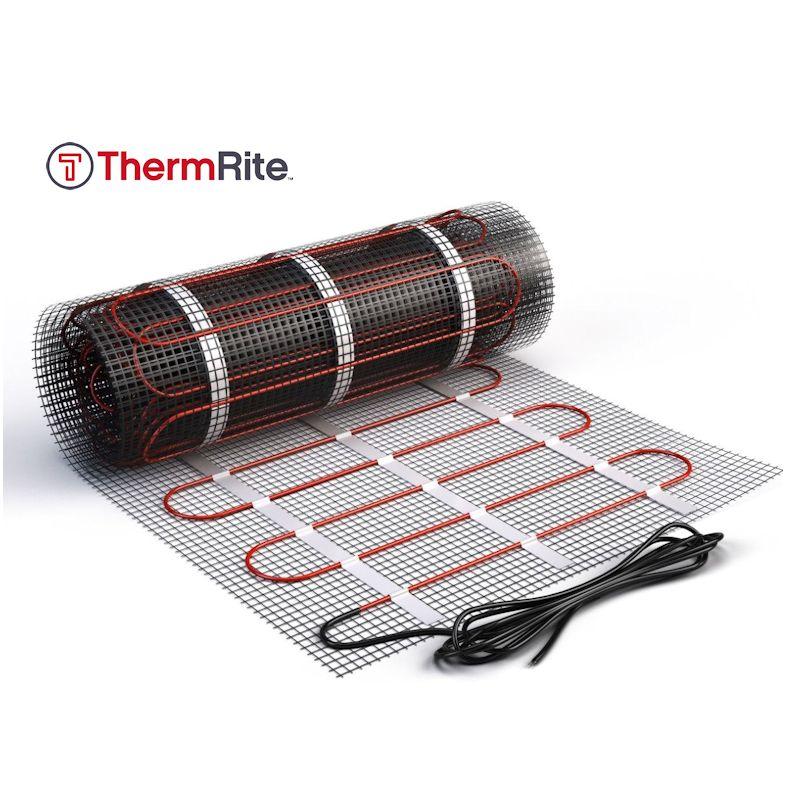Underfloor heating is a form of radiant heating system that has gained popularity in recent years. It involves heating the floor structure, which then radiates heat upwards to warm the room. While it is commonly known for its energy efficiency and aesthetic appeal. Here we will explore the potential health advantages of underfloor heating, considering factors such as improved air quality, reduced allergies, enhanced circulation, potential pain relief, and psychological well-being.
One potential health benefit of underfloor heating is improved air quality. Unlike traditional heating systems, which circulate air and can potentially spread dust and allergens, underfloor heating operates with no airflow. Consequently, it minimizes the circulation of dust particles and other allergens, leading to cleaner air within the living space. This is particularly beneficial for individuals with allergies or respiratory conditions, as it can reduce their exposure to triggers and contribute to better overall respiratory health.
Another advantage of underfloor heating is the potential reduction of allergies. By eliminating the need for air ducts, underfloor heating decreases the accumulation of allergens such as dust mites, dander, and pollen, which often thrive in ducted systems. Since these allergens are commonly associated with allergic reactions, particularly asthma and hay fever, underfloor heating can alleviate the symptoms of these conditions and provide relief to individuals who suffer from them.

Furthermore, underfloor heating is said to promote enhanced circulation throughout the body. As the floor is heated, it radiates warmth upwards, creating a comforting and evenly distributed heat. This can lead to improved blood flow, as the warmth encourages blood vessels to dilate, facilitating blood circulation. Adequate blood flow is critical for the transport of oxygen and nutrients to various parts of the body, promoting overall health and well-being.
Underfloor heating has also been associated with potential pain relief. Some studies suggest that the radiant heat provided by underfloor heating can help reduce muscle tension and alleviate joint pain. The heat penetrates through the feet and legs, promoting relaxation and soothing discomfort in these areas. This can be particularly beneficial for individuals suffering from conditions such as arthritis or those who experience muscular stiffness and soreness.
Lastly, underfloor heating may have psychological benefits. The sensation of walking or lying on a warm floor can provide a feeling of comfort and coziness, thus enhancing overall well-being. The gentle warmth radiating from the floor can contribute to relaxation and stress reduction, with potential positive impacts on mental health. Additionally, underfloor heating can create a more enjoyable living environment by eliminating the need for bulky radiators and/or floor-level vents, enabling a more aesthetically pleasing space.

In conclusion, although some may argue that underfloor heating solely provides comfort and energy efficiency, it is apparent that there are potential health benefits associated with this heating system. Improved air quality, reduced allergies, enhanced circulation, potential pain relief, and psychological well-being are all factors that support the claim that underfloor heating can positively impact our health. However, it is essential to acknowledge that individual experiences may vary, and it is always advisable to consult with healthcare professionals for personalized advice.



